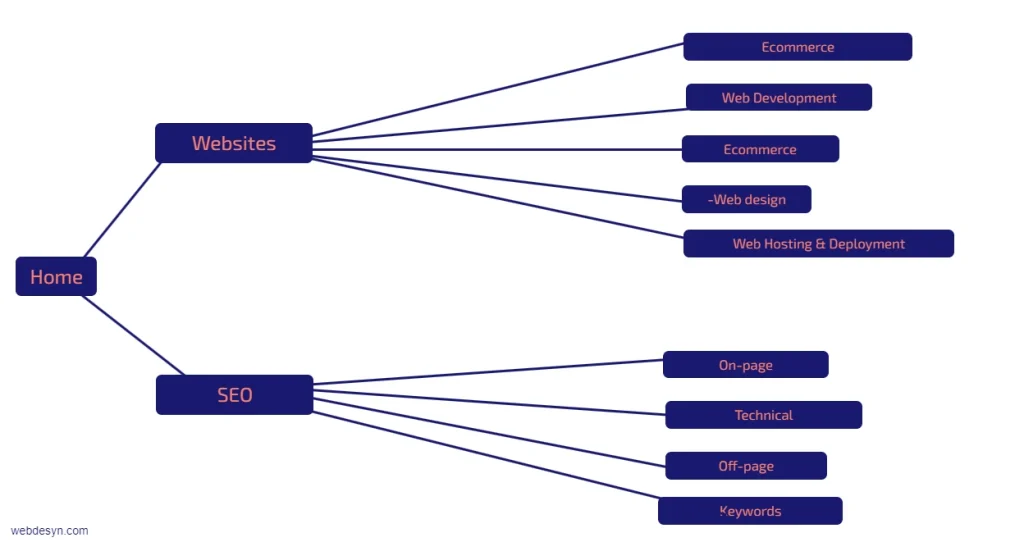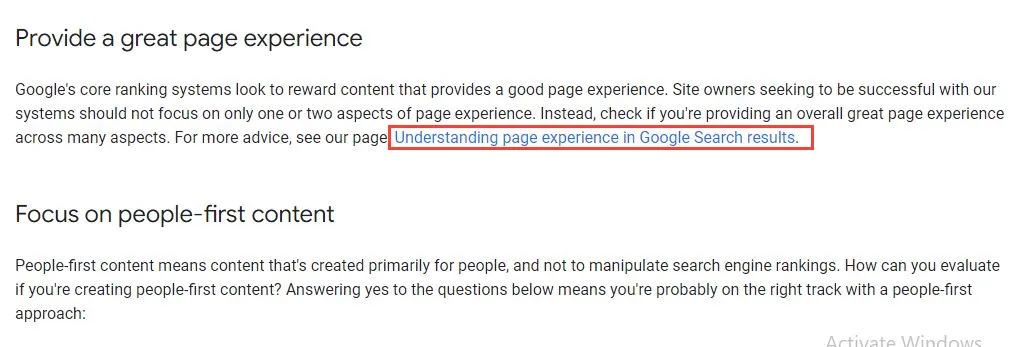Internal links are links to other pages on the same website.
Google values internal links as they show that you’re providing more information to users. You want the users to explore a particular topic more.
Here is how you do internal linking to boost SEO rankings.
Establish Topical Authority
To do any internal linking you need to have enough content pages to link to in the first place. You can’t link without any content to link to.
Topical Authority means your website is the go-to source of information on a particular subject or topic.
Create a topical structure by grouping content into different categories. Here’s an example

When you’re writing content you’ll see internal linking opportunities. You’ll link to content that you have written about.
One of the reasons Wikipedia ranks well is because of internal links. It literally has every topic under the sun that it can link to.
Use descriptive anchor text
The anchor text is the text that gets hyperlinked. This text needs to be descriptive and reflects what the linked page is all about. Here’s an example

Don’t use generic anchor text like “Click Here,” “More,” etc. Instead, your text should describe the linked page’s content.
Pass Authority to New Pages
Internally linking a new page from an authoritative, well-ranking page can boost that page’s rank. The new page is discovered and indexed quickly, and link juice is passed from the authority page to the linked page.
Use Do Follow Links
You can tell search bots to crawl or ignore a linked page.
<a href="https://webdesyn.com/some-page" rel="nofollow">some anchor text</a>
Do follow is the default value of all links. You don’t need to explicitly write it. Search bots will crawl or search the contents of the linked page.
Nofollow tells search bots not to visit the page and crawl (search) its contents. Without crawling the page will also not be indexed, i.e shown in search result pages.
These values can be written in the rel attribute of the a tag like so:
Use Breadcrumbs

Breadcrumbs are a set of links that show the navigational hierarchy of the current page. For example, if a page is under a particular category the breadcrumbs will show navigational links from the Homepage to the categories in between and then to the current page.
Breadcrumbs help users navigate easily and know the category of a post.
Further Reading
